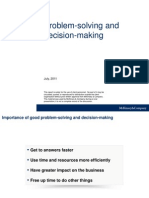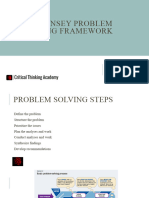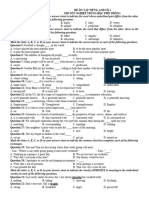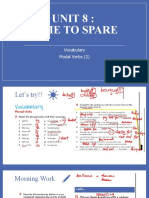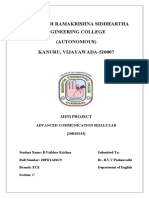0% found this document useful (0 votes)
36 views4 pagesStructured Problem Solving
The document outlines a structured problem-solving approach, focusing on defining business problems using the SMART criteria, breaking them down with the MECE principle, and prioritizing solutions through an Impact-Effort Matrix. It emphasizes the importance of specificity, measurability, achievability, relevance, and time-bound aspects in problem statements. Additionally, it introduces tools like Issue Trees and categorization matrices to effectively analyze and address business challenges.
Uploaded by
hossainscpCopyright
© © All Rights Reserved
We take content rights seriously. If you suspect this is your content, claim it here.
Available Formats
Download as PDF, TXT or read online on Scribd
0% found this document useful (0 votes)
36 views4 pagesStructured Problem Solving
The document outlines a structured problem-solving approach, focusing on defining business problems using the SMART criteria, breaking them down with the MECE principle, and prioritizing solutions through an Impact-Effort Matrix. It emphasizes the importance of specificity, measurability, achievability, relevance, and time-bound aspects in problem statements. Additionally, it introduces tools like Issue Trees and categorization matrices to effectively analyze and address business challenges.
Uploaded by
hossainscpCopyright
© © All Rights Reserved
We take content rights seriously. If you suspect this is your content, claim it here.
Available Formats
Download as PDF, TXT or read online on Scribd
/ 4

